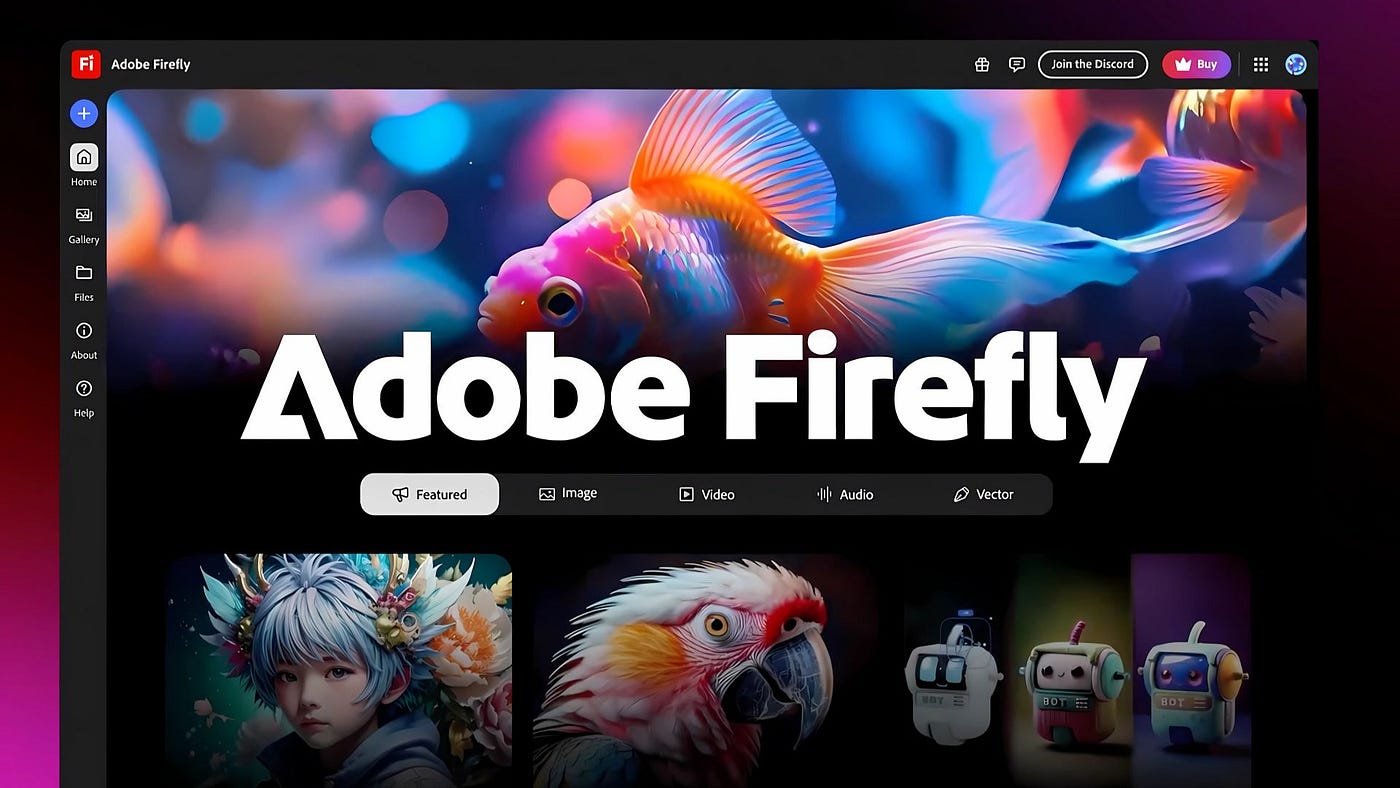In the rapidly evolving landscape of artificial intelligence (AI), Adobe has positioned itself as a leader by integrating AI into its suite of creative tools. The company's AI strategy focuses on enhancing user experience, maintaining trust, and fostering innovation. This article delves into Adobe's AI strategy, exploring how it empowers creatives and sets new industry standards.
Embracing AI to Enhance Creativity
Adobe's AI strategy centers on augmenting human creativity rather than replacing it. By embedding AI capabilities into its Creative Cloud and Experience Cloud platforms, Adobe provides tools that assist users in generating content more efficiently. Features like generative fill in Photoshop and AI-powered editing in Premiere Pro exemplify this approach, enabling users to focus on creative decision-making while AI handles repetitive tasks.
The integration of AI into Adobe's products is designed to be intuitive, ensuring that users can seamlessly incorporate these tools into their workflows. This user-centric approach reflects Adobe's commitment to enhancing the creative process through technology.
Prioritizing Trust and Ethical AI Practices
Trust is a cornerstone of Adobe's AI strategy. The company has implemented measures to ensure that its AI technologies are developed and deployed responsibly. Adobe's commitment to ethical AI includes transparency in data usage and respect for user privacy. For instance, Adobe has pledged not to use customers' data to train its AI models without explicit consent, addressing concerns about data privacy and intellectual property rights.
Furthermore, Adobe's AI models are trained on content that the company has rights to, distinguishing its data practices from others in the industry. This approach not only safeguards users' work but also reinforces Adobe's reputation as a trustworthy partner in the creative community.
Expanding AI Capabilities Across Platforms
Adobe continues to expand its AI capabilities across various platforms. The introduction of Firefly, Adobe's generative AI model, exemplifies this expansion. Firefly is integrated into multiple Adobe applications, offering features like text-to-image generation and content-aware editing. These tools are designed to be accessible to users of all skill levels, democratizing creative expression.
Additionally, Adobe has introduced new subscription plans that reflect its AI advancements. Starting June 17, 2025, the company will rebrand its Creative Cloud All Apps plan to Creative Cloud Pro, offering expanded generative AI features. This move aims to provide users with enhanced tools while aligning with Adobe's AI-driven vision.
Supporting the Creative Community
Adobe's AI strategy also emphasizes support for the creative community. The company offers resources and training to help users adapt to AI-enhanced tools. By fostering an environment of continuous learning, Adobe ensures that creatives can effectively leverage new technologies to enhance their work.
Moreover, Adobe engages with users to gather feedback and refine its AI offerings. This collaborative approach allows the company to address the evolving needs of the creative industry and maintain its position as a leader in innovation.
Conclusion
Adobe's AI strategy exemplifies a balanced approach to technological advancement, combining innovation with a steadfast commitment to user trust and ethical practices. By integrating AI into its creative tools, prioritizing transparency, and supporting the creative community, Adobe sets a benchmark for responsible AI adoption in the industry.
Read More






 Sunday, 14-12-25
Sunday, 14-12-25







